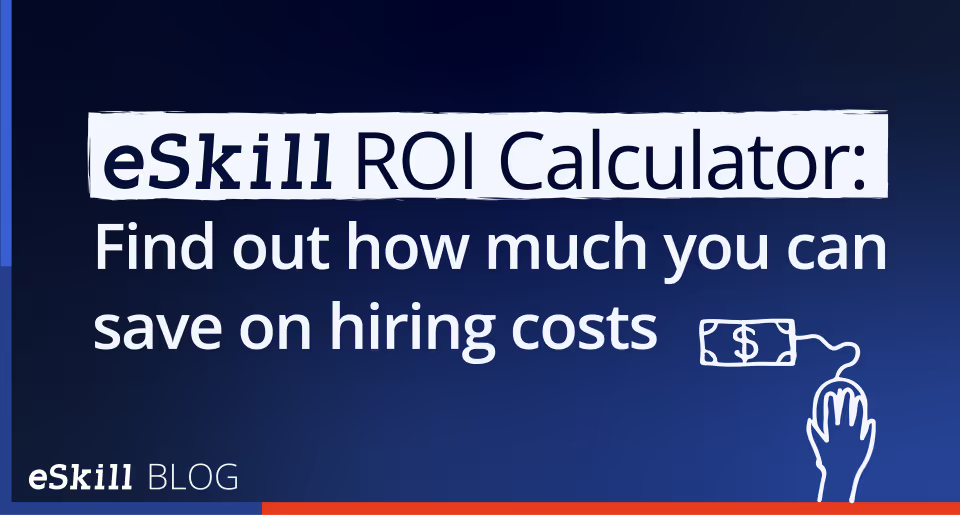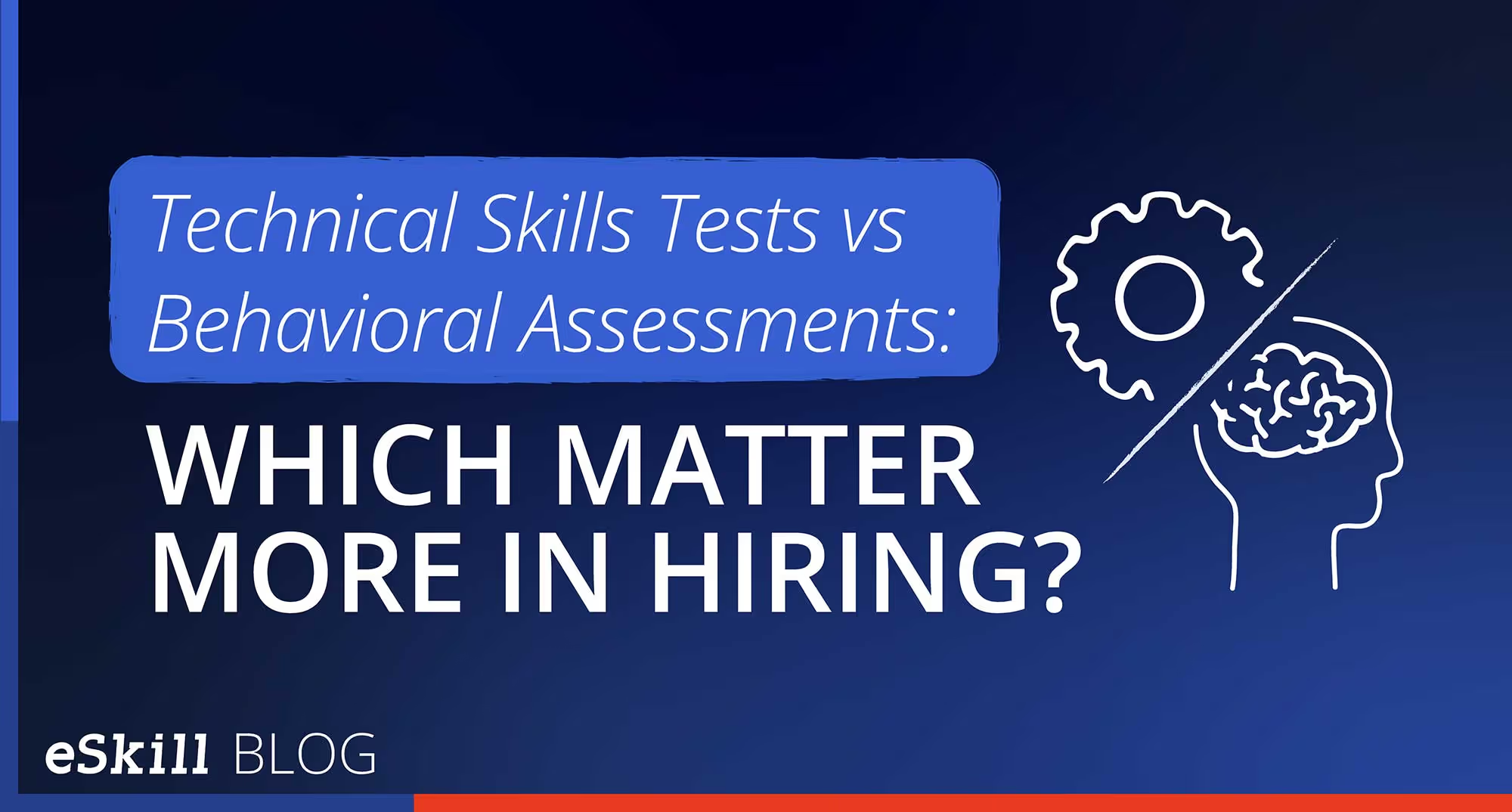Most HR leaders agree that hiring has become more challenging over the past few years. Businesses had to adjust their operations to accommodate the COVID-19 pandemic. Then there was the Great Resignation, when millions left their jobs. Now they are dealing with a global talent shortage.
Organizations use skills tests to identify top candidates. However, skills tests only provide some of the information managers need to make good hiring decisions. A candidate with top skills test scores could be wrong for a job because they are a bad fit for a company’s corporate culture.
A CareerBuilder study shows that 74% of HR leaders have hired an employee who was not a good fit. Of these, 37% said it hurt business productivity; 32% said their company experienced time-to-market delays because they had to recruit and train another employee, and 31% said it harmed product quality and service delivery. This is why many organizations use behavioral assessments along with skills tests when hiring new employees.
What is a Behavioral Assessment?
Behavioral assessments help you predict employee performance by evaluating a candidate’s skills against those identified by a job analysis. This helps ensure you match the right person with the right job.
Behavior assessments help recruiters evaluate a candidate’s personality and behavioral tendencies to determine if they will be successful in a job and assimilate well into their corporate culture. Unlike skills tests, they are not meant to be diagnostic. They indicate whether a potential new hire will be happy working in your organization.
By reviewing candidates’ behavioral assessment results, recruiters can evaluate how they think and approach problems, understand their communication style, and predict how they will perform on the job. This helps them hire candidates with the right skills and experience who will likely succeed at their company.
What Are the Benefits of Behavioral Assessments?
Behavioral assessments help HR teams predict employee performance by evaluating candidates’ skills against those identified by a job analysis to predict future success. This helps them ensure they place the right people in the right jobs and creates productive teams that function efficiently. According to the Society of Human Resources Management, leaders who use behavioral assessments normally increase team performance by nearly 30%.
Behavioral assessments also improve employee retention. Replacing an employee costs about one-half to two times the employee’s annual salary. This means turnover and rehire costs for a 100-person company where the average salary is $50,000 could range from $660,000 to $2.6 million annually.
Onboarding and training are two other areas where organizations can use behavioral assessments. It could cost as much as $240,000 to hire and onboard a new employee. If an employee leaves voluntarily or does not work out, the company loses that investment and must incur additional costs to recruit, onboard, and train a replacement.
High turnover is one of the leading causes of reduced productivity, and poor job fit is the cause of 89% of hiring mistakes. By evaluating a candidate’s potential fit, you can avoid putting a new hire in an uncomfortable situation, disrupting team synergy, and negatively impacting operational efficiency.
The following story illustrates why including behavior assessments in your hiring process is important.
A small software company based in Phoenix, AZ, hired a lead software engineer to manage a team of four developers. The company had an extremely casual work environment. Employees wore jeans, t-shirts, and shorts—even the CEO and senior managers. Everyone was allowed to work flexible hours as long as they attended required meetings, met their deadlines, and were in the office during core business hours.
The new lead engineer was extremely qualified. If the company used skills tests, he would have been singled out as a top candidate. However, his management style was very direct, and he was an autocratic leader who demanded that his staff follow his orders without question. After three months, his team entered the CEO’s office, and threatened to quit.
This is a perfect example of how implementing behavioral assessments could have prevented a big hiring mistake that created an unpleasant situation for the new hire and his team. The lead engineer’s behavioral assessment test results would have shown that his management style clashed with the company’s laid-back culture, and the company would never have offered him the job.
Get Started with Behavioral Assessments
Employees with all the right skills will not succeed at your company if their behavioral assessment shows they are a poor cultural fit. Behavioral assessments help you avoid hiring mistakes that could have repercussions. They may become a drain on your company, place undue stress on team members, and last well beyond the new hire period.
Since behavior assessments are customized to match each job, you can easily identify candidates with the highest probability of success. This helps your organization improve hiring outcomes while reducing hiring expenses and decreasing time-to-hire. Many eSkill clients have cut hiring costs by around 70% and time-to-hire by about 60%.
Do you want to learn how behavioral assessments can help you identify top candidates and avoid costly hiring mistakes? Contact us to request a demo.

Get ademo.






